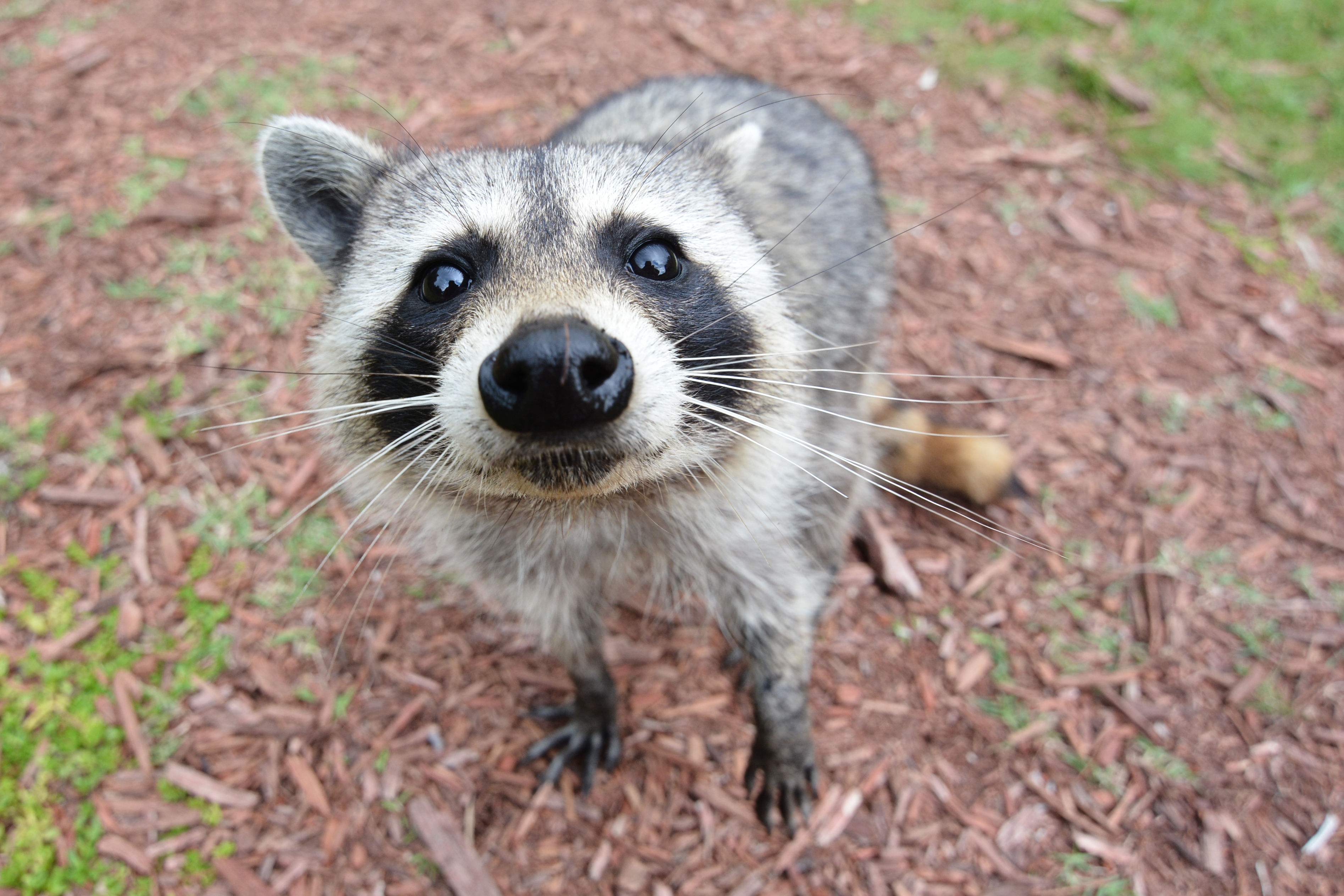Friday, October 28, 2016
Friday, October 21, 2016
Adaptations 10/21/16
 |
| https://upload.wikimedia.org/wikipedia/commons/c/cf/Curious_Raccoon.jpg |
The one main goal of all living organisms is to survive long enough to reproduce. Plants need:
- Sunlight
- Food
- Water
- Air
Animals need:
- Food
- Water
- Shelter
- Air
For both animals and plants to survive long enough to reproduce, they change to fit their environment. These changes are called Adaptations. Adaptations are characteristics of life. They just happen. I cannot decide today I am going to grow gills and fins and live with the fish. And too bad for me if suddenly I grow them when I don’t want them. I must live with them. Adaptations are inherited characteristics that help organisms survive long enough to reproduce.
Structural Adaptations
Body parts or coloring that helps organisms survive.
Camouflage
Blending in with your environment.
Examples: owl, tiger, frog, tiger, snake, crocodile.
Mimicry
To copy the look of something else.
Examples: Monarch butterflies are poisonous. Viceroy butterflies aren’t. But viceroys look exactly like monarch. So they are safe for life.
Bent hind legs
Helps prey and predators run fast to get away or get prey.
Teeth:
Flat: helps herbivores chew and grind plants. Sharp: Helps carnivores tear meat apart.
Eyes: prey has eyes on the sides of their head so that they can be on the watch. Predators have eyes in front. They focus in on prey. Guess what? We're predators.
Behavioral Adaptations:
Instincts. The way an animal reacts in response to the environment.
Migration is when birds go south in the winter.
Hibernation is when animals go to sleep in the winter to live.
Dormancy is basically plant hibernation.
Plants have feelings. They protect themselves. They use thorns, bad taste, poison, spikes, and colovation. But next time you need protection, don’t go to a rose bush. You’ll get poked. And, plants don’t care about you. They won’t physically try to protect you. Plants behave too. They behave in phototropism. Over time, a plant will move to light if needed. And plants use Gravitropism, too. So don’t get dissapointed if you plant your cucumber upside down. It’ll go right side up; it knows.
Saturday, October 15, 2016
Naked eggs 101 10/16/15
 |
| Chicken_Egg_without_Eggshell_5859.jpg
SUMMARY: This week we talked about diffusion.
Lesson 1: Diffusion
Diffusion is when particles spread out.
Lesson 2: Solvent & Solute
Solvent is the liquid in a solution.
Solute is what is dissolved in the solution.
Isotonic: stays the same.
Hypertonic: gets smaller.
"The egg size gets smaller." Hypotonic: get LARGER.
-Owen "Grow" as Arata puts it.
S&EP: SP4: Analyzing Data
This week we made a table to keep track of the data in the naked egg experiment. We had a chart where we wrote salt water, water, syrup, and vinegar. We weighed the eggs before putting them in their solvents and we left them that way for 24 hours. We then took the eggs out of their solvents and weighed them again. They were either hypertonic or hypotonic. This was very exiting experiment and I had fun.
|
Sunday, October 9, 2016
Organic Molecules
 |
| noodles-pasta-spaghetti-farfalle-42326.jpeg |
ORGANIC MOLECULES
This week we were learning about organic molecules. Here is what I KNOW.
Carbon
Carbon forms a total of four bonds. It can form straight chains, branched chains, or rings, giving living things the possibility of all different shapes.
Carbon, Hydrogen, Oxygen, Nitrogen, Sulfur, Phosphorus.
Nucleic Acids
Nucleic Acids are made up of Carbon, Oxygen, Nitrogen, and Phosphorus.
The monomer is nucleotide. Examples of nucleic acids are DNA/RNA.
DNA
DNA is found in the nucleus and carries all the information that the cell requires to perform its functions.
RNA
RNA codes for making proteins and can be found in the cytoplasm and nucleus.
Carbohydrates
Carbohydrates are energy rich compounds that are made up of carbon, hydrogen, and oxygen. The monomer is saccharide. Carbohydrates provide energy for the cell and are components of some cell parts. The chloroplast makes carbohydrates. Examples of carbohydrates are starch, sugar, pasta, rice, bread, wheat, etc.
Proteins
Proteins are made up of carbon, hydrogen, oxygen, nitrogen, and sulfur.
The monomer is aminoacid. Proteins form most organelles. They regulate growth. They also transport oxygen around. Proteins increase the rate of chemical reactions. Examples of Proteins are meat, beans, soy, tofu, legumes, cheese, yogurt, etc.
Lipids
Lipids are made up of carbon, hydrogen, and oxygen. The monomer is fatty acids. Lipids act as storage for the cell. Examples of lipids are oil (any kind), waxes, fats, butter, cream, and cheese.
S&EP: SP2: DEVELOPING AND USING PICTURES
This week I made a foldable containing the information above, lots of color, and pictures that I drew by hand.
Subscribe to:
Comments (Atom)
Is There Life in Space? 5/23/19
Link by NASA Solar System Exploration We all know the typical sci-fi movie where an alien monster drops out of some unknown pl...
-
Have you ever been to a national park? They are places of beauty: all natural plants, wild animals, and wonderful sight...
-
Cladograms are the charts scientists use to show how closely related organisms are and what traits they share. Cladograms are helpful becau...